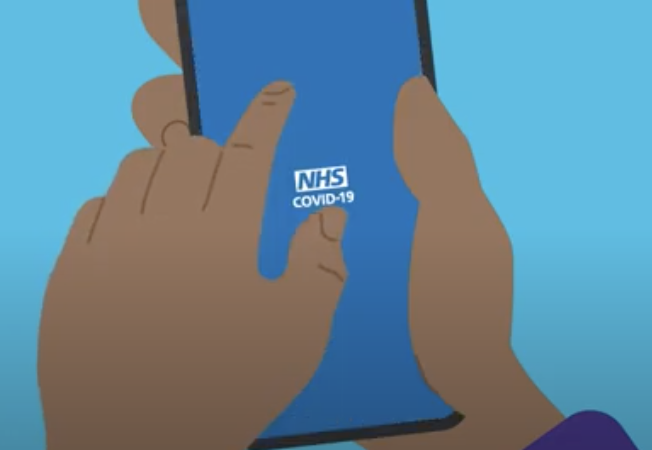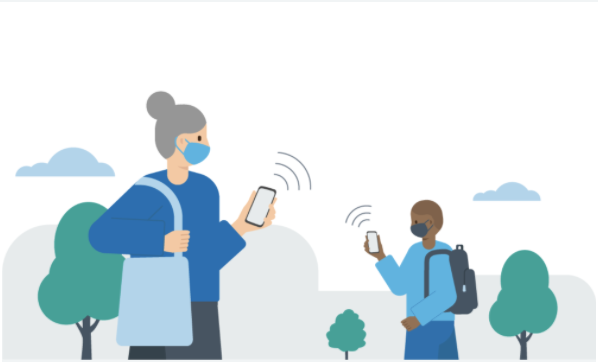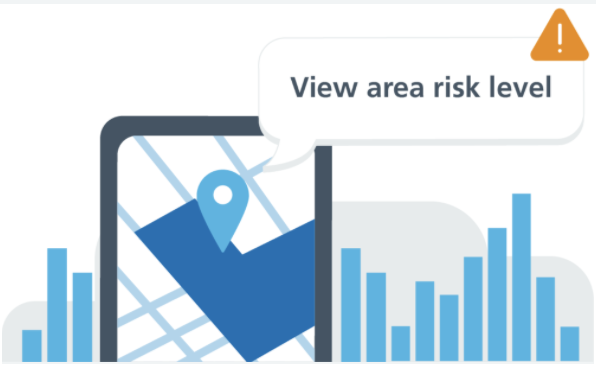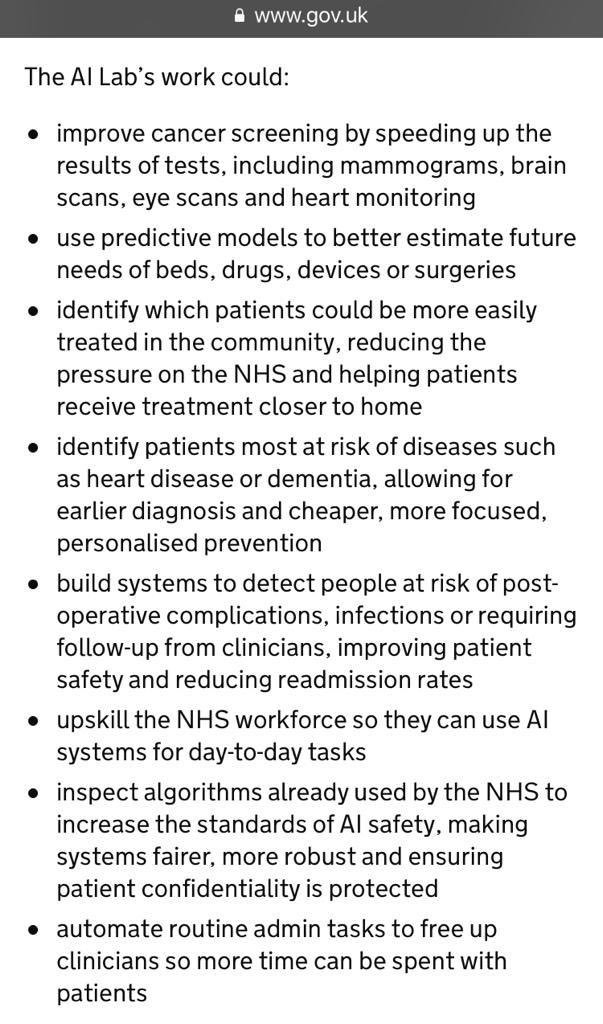Today in cute names for vulnerabilities that undermine the internet as we know it… #KRACK: Key reinstallation attack krackattacks.com
The paper: Key reinstallation attacks: Forcing nonce reuse in WPA. M Vanhoef, F Piessens (2017) ACM CCS '17. papers.mathyvanhoef.com/ccs2017.pdf #KRACK
• • •
Missing some Tweet in this thread? You can try to
force a refresh








